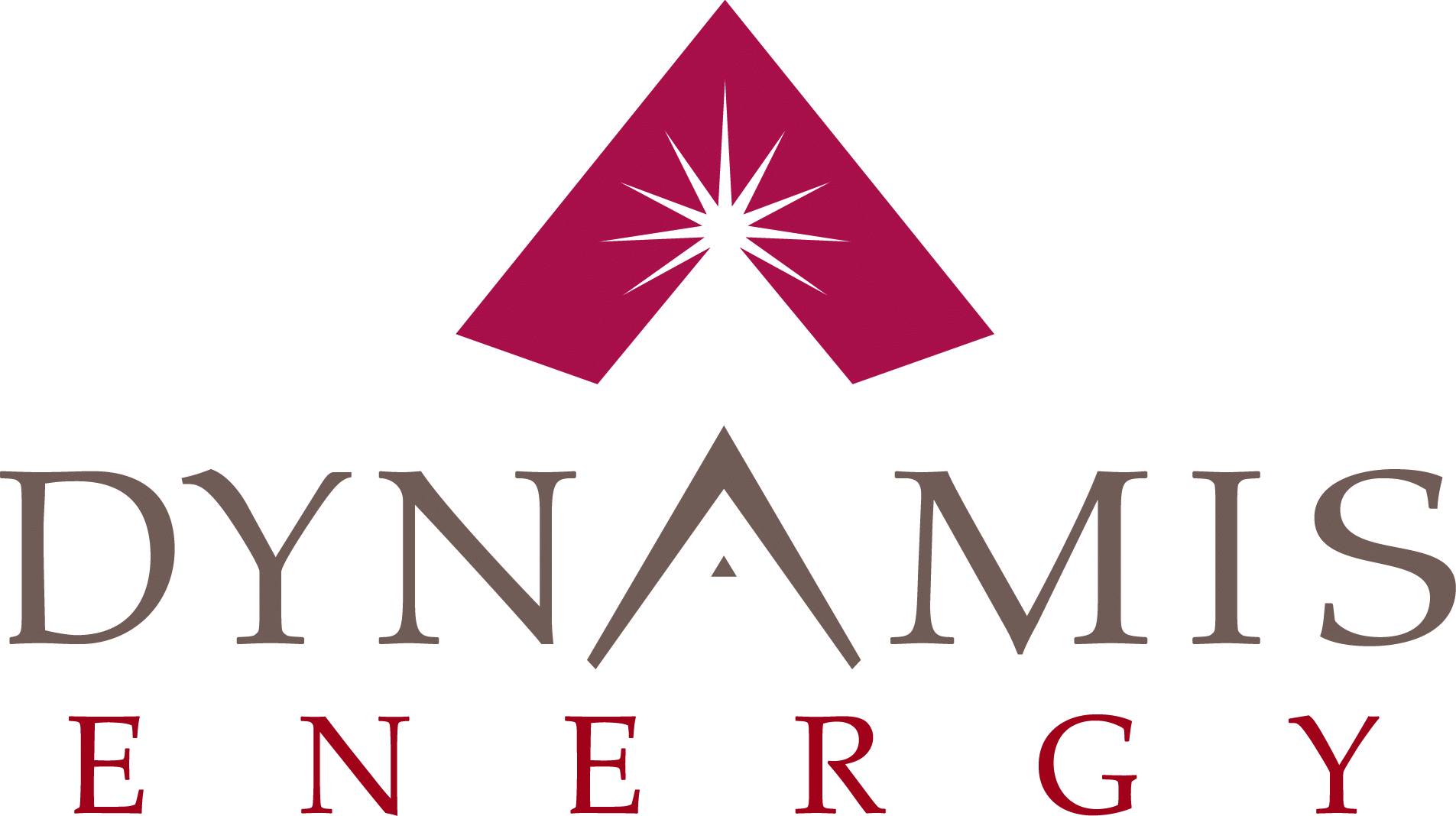
The demand for renewable hydrogen has increased significantly in recent years

Hydrogen is an incredibly powerful fuel—it's a clean, renewable energy that can help transition away from fossil fuels by decarbonizing a broader range of industries. Although electric generation from renewables is a viable decarbonization pathway for a number of sectors, some parts of the economy cannot be easily or economically electrified, such as long haul transport (trucking, shipping, and aviation), high temperature manufacturing processes (eg cement), iron and steel, and chemicals.
Hydrogen can be a replacement fuel for vehicles, can provide high temperature heat for manufacturing, or be a feedstock for chemical reactions. Hydrogen can do almost anything that natural gas is used for and can displace many of the uses for coal and oil, with a substantial drop in greenhouse gas emissions.
As a result the demand for renewable hydrogen is increasing significantly. Renewable hydrogen will play a key role in helping many countries meet their ambitious goals for reducing carbon emissions across all sectors including transportation, manufacturing and agriculture.
Green hydrogen production from Waste-to-Energy sources
We believe hydrogen should be produced using renewable energy sources like wind, solar, biomass, and waste — otherwise it's not truly green. In particular Dynamis sees opportunities in creating hydrogen from waste – diverting it from landfills where it would otherwise decompose, creating greenhouse gas emissions. In fact, according to the EPA and NREL, by destroying methane that would otherwise be emitted from landfills biomass and waste-to-energy power plants are the only renewable generation source with a negative carbon intensity over their lifecycle.

At Dynamis, we're working on creating green hydrogen with production methods that use renewable energy sources. We can produce hydrogen from water through electrolysis using biomass and waste as feedstock to produce the energy required for the process. Or we can extract the hydrogen directly from such feedstocks through gasification or pyrolysis processes.
The experience of Dynamis and its development team allow us the flexibility to determine the most appropriate process for the circumstances.

The growth in hydrogen fuel cell passenger cars and long haul trucks will create significant demand for green hydrogen

Being clean, reliable, quiet, and fueled by renewable energy sources, hydrogen fuel cells vehicle are a promising technology for electric vehicles. They use hydrogen to generate electricity, which can then be used to power the vehicle.
As an alternative to the traditional internal combustion engine, hydrogen fuel cell electric vehicles have the potential to reduce greenhouse gas emissions and other negative environmental impacts from driving.
As an alternative to battery electric vehicles, they have significantly longer range, and only take minutes to fill up rather than hours to charge.
There is a strong growing market for such fuel cell vehicles, especially for long haul trucking, one of the leading demand sectors for hydrogen. For fuel cell vehicles to become widely adopted, there needs to be a reliable supply of renewable hydrogen at reasonable prices so that consumers don't have any concerns about fuel costs or availability. This will require expanding both the production of hydrogen and the number of hydrogen refueling stations.
Dynamis is focused on developing multiple hydrogen production facilities that can support fueling stations within a reasonable range of supply to ensure competitive pricing for any hydrogen produced.




